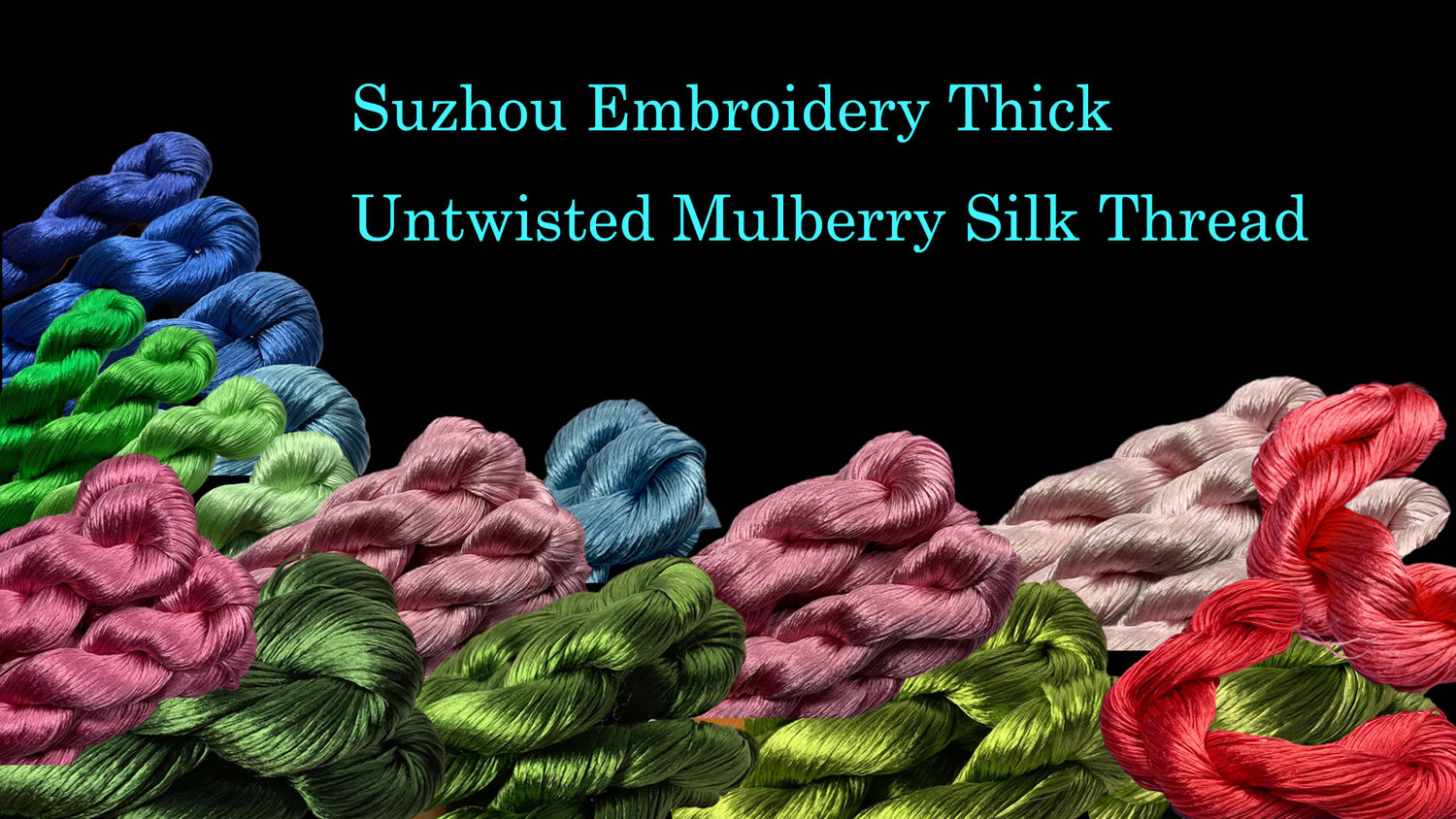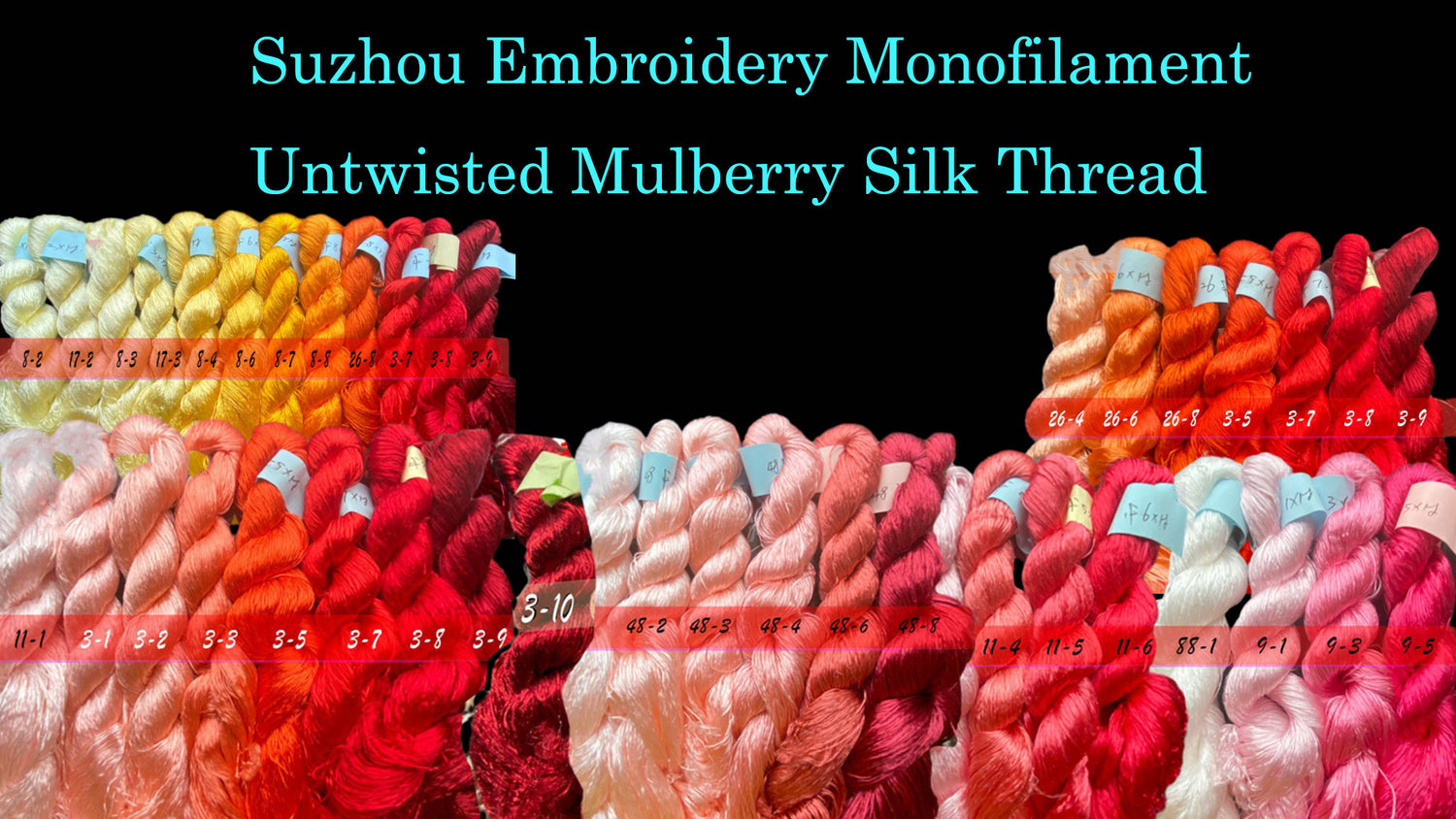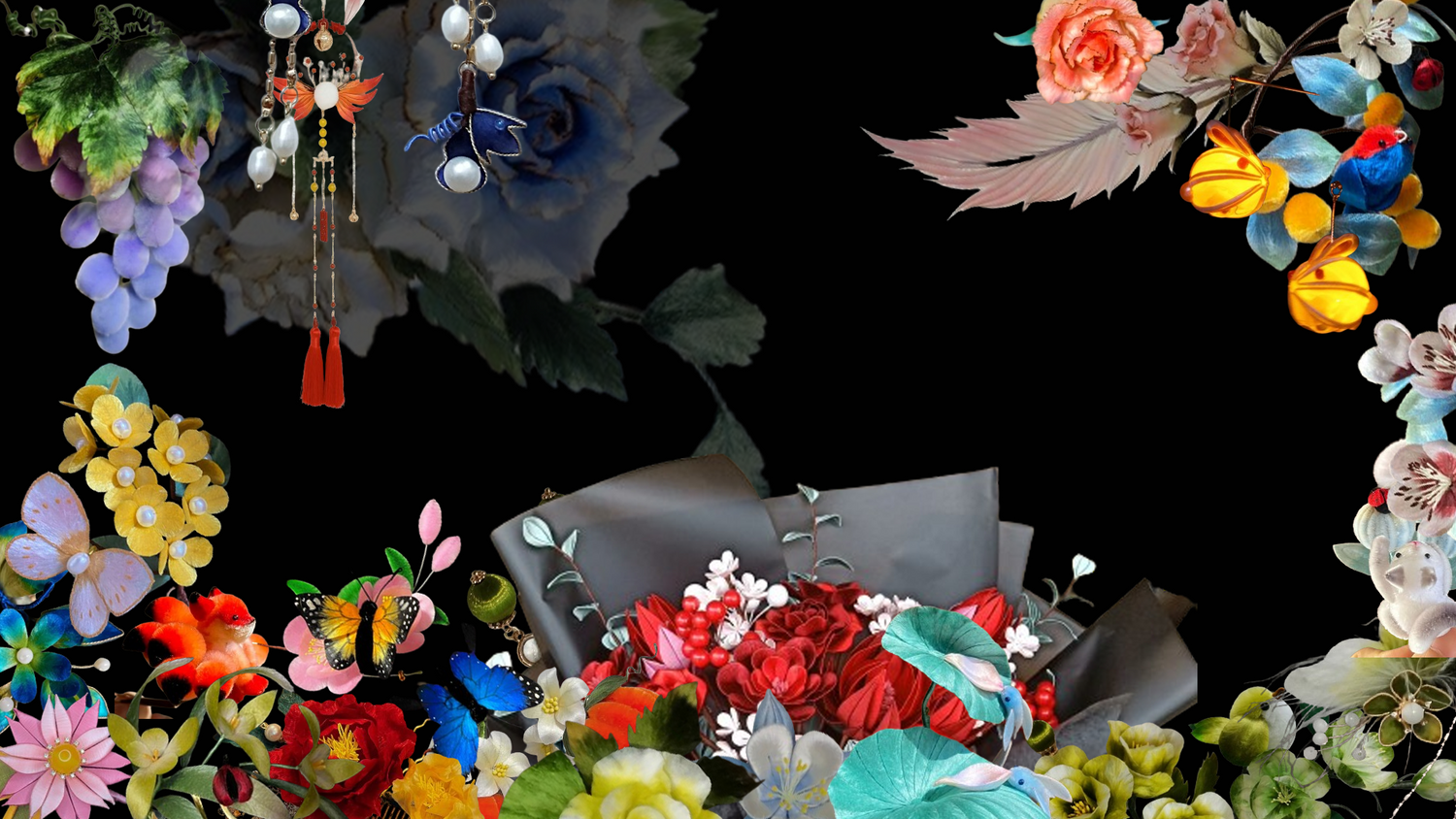
Understanding Ronghua - Handcraft Ronghua Tutorial
Share
Understanding Ronghua
Ronghua making can be traced back to the Tang Dynasty, with a history spanning over a thousand years. The crafting techniques of Ronghua are very unique, with the accessories characterized by delicate designs, vibrant colors, and a soft texture, making them highly decorative.

Currently, the art of Ronghua making has been recognized as a provincial intangible cultural heritage in China. Many regions have dedicated artisans who engage in Ronghua making, preserving this traditional craft while continuously innovating and developing it, ensuring its legacy and prominence.
With the progression of time and the evolution of aesthetic preferences, the forms of Ronghua have also undergone innovations and changes.

On one hand, traditional Ronghua crafting techniques have been preserved, but there have been innovations in shape, color, and materials to meet modern needs. For example, traditional Ronghua was mainly presented in plush forms, but now there are also flat forms, making the pieces appear more lifelike. Additionally, while traditional Ronghua primarily used silk threads, modern Ronghua incorporates other materials such as fabrics and metal wires, enhancing its diversity. On the other hand, Ronghua crafting techniques have been combined with other crafts. For instance, combining Ronghua with the filigree inlay craft has resulted in magnificent filigree Ronghua accessories. Similarly, integrating Ronghua techniques with faux kingfisher feather craft has led to the creation of colorful faux kingfisher Ronghua accessories. These innovations not only enrich the forms of Ronghua but also inject new vitality into the development of Ronghua art.
On the other hand, Ronghua crafting techniques have been combined with other crafts. For instance, combining Ronghua with the filigree inlay craft has resulted in magnificent filigree Ronghua accessories. Similarly, integrating Ronghua techniques with faux kingfisher feather craft has led to the creation of colorful faux kingfisher Ronghua accessories. These innovations not only enrich the forms of Ronghua but also inject new vitality into the development of Ronghua art.







